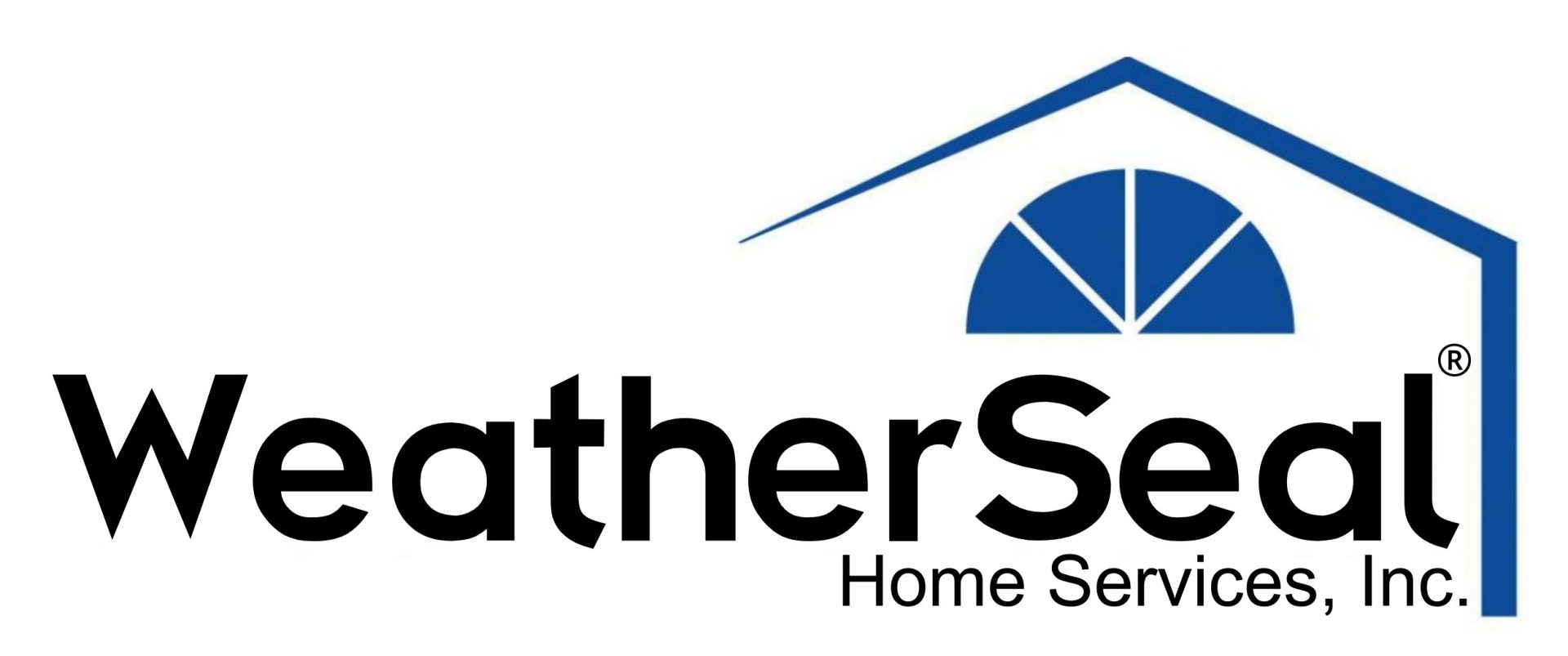Replacing roof decking is not your average weekend project. It’s a detailed process that requires professionals to assess, strip, repair, and replace large sections of a roof—often working under unpredictable weather conditions and from considerable heights. The roof decking serves as the foundation for all other roof materials. It’s one of the most important components of a sturdy and leak-free roof.
This guide takes you through the various stages involved in the process. It isn’t just about hammering down some plywood. There’s planning, demolition, repairs, and meticulous installation involved. Let’s see how experts handle roof decking replacement with precision.

What Is Roof Decking?
Roof decking (or sheathing) is the flat board that sits directly on top of the roof trusses and rafters, creating a surface on which all other roofing materials are placed. Commonly made from plywood or OSB (Oriented Strand Board), decking is necessary for structural integrity. It supports the shingles or tiles while providing a layer between the roofing materials and the interior of the home.
Roof decking can become damaged due to factors like water leaks, storm damage, or old age. When compromised, the roof becomes prone to sagging, leaks, or worse—total failure. When professionals need to step in and replace roof decking, it’s because they’ve identified significant issues that require a full-on overhaul.
A Guide to Replacing Roof Decking
Assessing the Roof’s Condition
The first step is a detailed assessment. Professional roofers conduct a thorough inspection, both from inside the attic and from above the roof, to determine the extent of damage. Roof decking damage can often be masked by shingles, so close inspection is necessary. Roofers look for signs of sagging, water stains, dark spots, and moisture buildup.
From inside the attic, any daylight peeking through where it shouldn’t be is a major red flag. Any soft or spongy sections in the decking usually indicate rot or water damage. Based on their findings, they’ll decide if replacement is necessary for the entire deck or only specific sections.
Removing Old Roofing Materials
Once the assessment is complete, the next step involves removing the old roofing materials. This isn’t just shingles; underlayment, nails, and even flashing need to come off. Roofers use a specialized tool called a “shingle remover” to lift and strip the shingles from the roof’s surface.
This process requires patience and care, as stripping away old materials can reveal unexpected damage or areas needing reinforcement. Professionals work row by row, taking precautions to avoid damaging other parts of the home. Once all visible materials are removed, the bare decking is exposed, allowing for a much clearer view of the condition of the wood.
Inspecting the Decking After Removal
With the old materials stripped away, professionals perform a more in-depth inspection of the exposed decking. This inspection is necessary to determine exactly which sections of the roof need to be replaced. Weak areas are easy to identify by applying light pressure—any soft spots or wood that flexes underweight are marked for replacement.
Rot, mold, or extensive cracking are common signs of a compromised deck. Each compromised board will be marked, and careful attention will be given to areas where previous leaks were present. The idea is to replace only what is needed. This balances cost and roof integrity.
Preparing for Replacement
Once it’s determined which parts of the decking need replacing, the next step is to prepare the work area. Roofers protect any nearby structures, plants, or landscaping from falling debris. They also set up a disposal plan for the old materials. Typically, a dumpster is positioned near the work site to collect all scrap material.
Preparation also involves measuring and cutting new decking boards. Each new piece must fit perfectly so there are no gaps or misaligned sections that could lead to future problems. Roofers measure twice and cut once to make sure the new decking fits seamlessly.
Removing Damaged Decking
Next comes the removal of the damaged decking. Using crowbars and saws, professionals carefully remove the compromised boards without disturbing the adjacent intact sections. This process is done section by section to avoid accidentally causing damage to areas that are still solid.
Care is taken not to damage the trusses or rafters, as these are the main structural supports of the roof. Nails and screws are removed, and the old pieces of decking are carefully lifted away. In cases where rot has spread to nearby beams, further assessment and possible repairs to the structural supports may be necessary.
Installing the New Decking
Once the damaged decking is removed, new decking is installed. Either plywood or OSB can be used, depending on the type and style of roof. Each board is laid down and aligned precisely to guarantee a tight fit with no gaps.
Nailing the decking down properly is key here. Roofers use galvanized nails, placing them roughly 6 inches apart along the perimeter of each sheet, and 12 inches apart in the center. This makes sure the decking is securely attached and won’t lift or shift under extreme weather conditions.
The new decking must be flush with the existing decking to prevent any uneven surfaces. Any minor adjustments are made with sanding or trimming for a perfectly even surface across the entire roof.
Applying Underlayment
With the new decking in place, the next layer that goes on is the underlayment. This serves as a secondary barrier against water infiltration. Underlayment materials vary. However, a common choice is felt or synthetic sheeting, which is rolled out directly over the decking.
Roofers attach the underlayment carefully to avoid any wrinkles or gaps. This could cause future issues. The underlayment is secured with staples or nails to cover every inch of the roof decking to form a watertight barrier. This layer helps keep moisture from seeping through to the decking and protects the roof before shingles are applied.
Replacing Flashing
Flashing plays an important role in directing water away from critical areas like chimneys, valleys, and skylights. During roof decking replacement, any damaged flashing is also replaced. New flashing is installed around chimneys, vent pipes, and roof intersections to create a waterproof seal.
This flashing is either made of aluminum or galvanized steel and is secured with nails and a layer of roofing cement. Proper flashing installation prevents water from seeping into areas where the roof joins other structures. It’s a small part of the roofing system but makes a big difference in overall durability.
Laying Down Shingles
With the new decking, underlayment, and flashing in place, roofers begin installing the shingles. Starting from the bottom edge of the roof, shingles are laid out in rows. They overlap each other to keep water flowing downward off the roof. Shingles are nailed into place following specific manufacturer guidelines. This dictates how many nails to use and where to place them.
The goal here is a uniform appearance without any gaps or lifted edges that could catch the wind. Each shingle row is installed with care so it interlocks with the previous row. This is what forms the watertight barrier that keeps everything underneath it dry.
Final Inspection and Cleanup
Once all the shingles have been installed, roofers perform a final inspection of the roof. They check each section for proper alignment, secure nailing, and adequate coverage. Any minor issues, like lifted shingles or small gaps, are corrected immediately.
The cleanup process is just as important as the installation itself. All the old decking, nails, and roofing debris are collected and disposed of responsibly. Magnets are used to find stray nails around the property and confirm that no hazards are left behind. Roofers aim to leave the property as clean as it was before the work began, with the only difference being a brand-new, solid roof.
How Long Does Roof Decking Replacement Take?
The time needed for roof decking replacement can vary depending on factors like roof size, the extent of the damage, and weather conditions. Typically, a full replacement can take between two to five days. Severe weather conditions or unexpected damage to structural elements can extend the timeline.
Roofing crews work efficiently, often breaking the work into teams to speed up the process. One team might handle removing old materials while another starts measuring and cutting the new decking. This approach minimizes downtime and exposes the roof only for the shortest amount of time possible.
Signs Your Roof Decking Needs Replacement
There are some common signs that indicate roof decking replacement might be needed. One of the biggest indicators is a sagging roofline. If the roof appears wavy or uneven, it often means the decking underneath has begun to warp or weaken.
Water stains or spots on ceilings and walls inside the home also indicate possible damage to the roof decking. When water leaks through the roof and soaks the decking, it can lead to rot and mold, and weaken the entire structure.
Other warning signs include a musty smell in the attic, visible rot, or any soft spots when walking on the roof. These issues should not be ignored, as they can lead to serious structural damage if left unattended.
Roof Decking Materials: Plywood vs. OSB
A common question that comes up during roof decking replacement is the choice between plywood and OSB. Both are commonly used. However, they have differences that might make one more suitable for your project.
Plywood is made from thin layers of wood veneer glued together. This makes it strong and more resistant to moisture. It’s often preferred in climates with high humidity or areas prone to heavy rainfall.
OSB, made from wood strands and adhesives, is more economical and often used in new construction because of its consistent quality and lower price. It performs well in most climates but can swell if exposed to moisture for extended periods.
The decision often depends on budget, local climate, and personal preference. Roofers can guide homeowners in choosing the best material for their specific needs.
Expert Roof Replacement Services in Ohio & Pennsylvania – Get Your Free Estimate Today
If your roof’s decking is showing signs of wear or damage, it’s time to consider a professional replacement. WeatherSeal Home Services specializes in roof replacement and decking solutions across Northeast Ohio and Pennsylvania. With over a decade of experience, we’ve built a reputation for expert installation, quality materials, and unmatched customer service. Whether you’re dealing with leaks or sagging or just want to upgrade your home’s protection, we’re here to help.
Contact us today at (330) 920-4494 for a detailed assessment and free estimate. Our team will guide you through every step of the process to make sure your home stays secure and beautiful. Don’t wait—reach out now and start your roof replacement with the trusted professionals at WeatherSeal Home Services.
We look forward to making your home stronger, safer, and more energy-efficient.







